Now Reading: 10 Study techniques that actually work (According to Science)
-
01
10 Study techniques that actually work (According to Science)

10 Study techniques that actually work (According to Science)
If you’re studying for hours but forgetting everything the next day, you’re not alone. Most students use the least effective methods like highlighting and passive rereading which cognitive science proves are counterproductive for long-term learning. Highlighting and rereading give you a false sense of security, known as the Illusion of Competence. When you read something over and over, it becomes familiar, or fluent. Your brain mistakenly interprets this ease of processing as true knowledge, even though the information is only in your short-term memory. This is called the Fluency Trap. You feel confident, but you haven’t actually learned anything for the long haul.
This is why cramming (massed practice) fails. Long, uninterrupted study sessions lead to cognitive decline and ineffective retention. The brain needs rest and time to solidify information into long-term memory. If you want to access knowledge years later for your career, not just an immediate exam, you need to change your approach. Effective learning should feel effortful, even slightly frustrating. This is the principle of Desirable Difficulty. The strategies that force your brain to work harder like generating answers independently or practicing under varied conditions are the ones that yield superior long-term results.
Cognitive scientists have identified 10 high-utility techniques that strategically introduce this difficulty, strengthening memory traces and achieving robust, transferable mastery.
Technique 1: Retrieval – The engine of memory strength
Retrieval practice is the act of actively pulling information out of your memory. It fundamentally shifts learning from passive reading (input) to active testing (output).
How testing works
When you quiz yourself, you force your memory to search for information, which reinforces existing neural connections and builds new retrieval routes. This effort strengthens the memory. If you fail to recall something, you immediately get objective feedback that breaks the illusion of competence, telling you exactly where your knowledge gaps are so you can refocus your study time.
Actionable ways to test yourself
To make this work, use frequent, low-stakes activities:
1. Low-stakes quizzes: Use free-response or multiple-choice formats. Get instant feedback from a friend, instructor, or even an automated online tool. You can use AI to generate customized quizzes and adjust the difficulty to keep it challenging.
2. Flashcards: Excellent for fact recall, especially when using advanced scheduling (see Technique 2)
3. Brain Dumping (Free Recall): Write down everything you remember about a chapter or topic without looking at your notes. This exposes major gaps in your structural knowledge.
The key is to keep the difficulty level optimal not too easy, which minimizes learning, and not too hard, which causes frustration.
Technique 2: Spacing and mixing – Optimizing time and context
This technique focuses on when and in what order you study to prevent the cognitive failures caused by cramming. Instead of cramming, spread your study sessions for the same material across increasingly longer intervals. This is vastly superior for retention.
The mechanism: Letting yourself forget
Spacing works because it allows your memory to partially decay. When you return to the material, your brain must struggle to retrieve the information again. This effortful retrieval, stimulated by the time delay, builds new, stronger memory connections.
The Spacing rule: Spacing must be combined with active retrieval (Technique 1). The time delay creates the challenge, and the retrieval is the active mechanism that exploits that challenge.
Optimal scheduling: The graduated interval approach
Use a graduated interval approach where the time between reviews grows systematically longer.
Review 1: Within 24 hours of initial learning.
Review 2: After 3 – 4 days.
Review 3: After 7 – 8 days.
Review 4: After 14 – 15 days, and so on, escalating the time.
Advanced tools like Anki use algorithms to dynamically calculate the perfect time to review, often targeting a 90% success rate while minimizing total review time.
Technique 3: Interleaved practice
Interleaving means mixing multiple related subjects or topics during a single study session, rather than mastering one topic completely (blocked practice) before moving to the next.
How mixing subjects builds smarter thinking
Interleaving is superior for building problem-solving and categorization skills. Blocked practice often leads to rote repetition. Interleaving, however, forces your brain to continually perform two key tasks:
1. Retrieval: Pulling out the specific facts.
2. Discrimination: Deciding which strategy applies to the problem now versus the problem you just finished.
This continuous need for differentiation strengthens your memory associations. While it requires more effort, that effort translates into stronger, more transferable knowledge. For instance, in a math session, rotate between geometry, algebra, and statistics problems instead of doing 50 geometry problems back-to-back.
Technique 4: Varied context practice
Study your material in multiple environments not just the same desk every time. By changing the physical context (e.g., studying in a library, a coffee shop, or a different room), you prevent your memory from becoming dependent on specific sensory cues from a single location. This forces your brain to access the knowledge independently, making it more robust and transferable to different real-world settings.
Technique 5: Elaborative interrogation (The specific “Why”)
This strategy systematically prompts you to generate an explanation for a specific fact.
How asking “Why” deepens knowledge
The technique involves asking specific questions like, “Why is this true?” or “How does that make sense?”. By demanding a reasoned answer, you force your brain to link the new information to schemas you already have stored in memory. This deep conceptual processing helps consolidate the information into long-term memory.
Elaboration creates multiple retrieval pathways based on deep, conceptual relationships. This prevents your knowledge from being an isolated fact prone to decay, anchoring it instead to a dense, interconnected network.
Technique 6: Self-Explanation
Self-explanation is a broader process where you take responsibility for clarifying concepts to yourself.
Mechanism: Clarifying concepts in your own words
You clarify material by generating personal examples, creating analogies, or simply restating the important features of a concept in your own words. If you’re studying a multi-step procedure, self-explanation means explaining why each step follows the previous one. Writing these explanations down can make the strategy even more effective.
Technique 7: The Feynman technique (The ultimate test)
Named after Nobel laureate Richard Feynman, this technique is based on the idea that if you can’t explain a complex concept simply, you don’t truly understand it.
The 4-Step cycle for mastery
1. Identify the concept: Choose the topic you need to master.
2. Explain simply: Explain the concept in writing or out loud as if teaching it to a 10-year-old. Absolutely avoid jargon.
3. Identify gaps: Note where you stumble, get confused, or rely on technical language. These are your true knowledge gaps.
4. Return and simplify: Go back to your source material to fill the identified gaps. Repeat the explanation process until you can explain it clearly and simply without any hesitation.
This act of simplifying is the core mechanism that forces deep conceptual clarity. Students who are tasked with teaching a concept often perform nearly 50 percent better on tests of the material.
Technique 8: Self-regulated learning (SRL: Monitor your progress)
SRL is the cyclical thought process that separates expert learners from novice ones. It ensures you choose study strategies deliberately and adjust them based on objective performance.
The 3 phases of expert learning
1. Plan: Set specific goals (e.g., “I will spend 30 minutes on interleaved retrieval practice for my biology and chemistry topics”) and choose the best strategies for the upcoming assessment. Start revision early to allow for this planning.
2. Monitor: During the session, check your effectiveness. Use the results of your Retrieval Practice (Technique 1) to determine if the difficulty is too easy (not learning) or too hard (getting frustrated). Adjust accordingly.
3. Evaluate: After a test, critically analyze the outcome. Crucially, attribute your score to the effort or strategies you used (good or bad), not to external factors (“the test was unfair”). This allows you to improve your strategy next time.
Technique 9: Concrete examples
Abstract principles are hard to remember. This strategy means anchoring concepts to tangible, relatable, or personal examples.
By generating your own examples or finding examples in the text, you make the learning more meaningful, which drastically improves retention and transferability. For example, don’t just memorize the definition of “supply and demand”; identify three real-world examples (like gas prices or ticket scalping) that illustrate the principle.
Technique 10: Dual coding
Dual coding involves encoding information using two distinct channels simultaneously: verbal (words) and visual (images, diagrams).
Mechanism: Creating dual retrieval pathways
Engaging both channels strengthens the overall memory trace, offering two pathways for future retrieval. If one pathway is blocked, the other remains available.
Actionable dual coding:
. Create annotated diagrams.
. Sketch flow charts for complex procedures.
. Translate text into a meaningful visual or mind map while reading.
This generative effort solidifies conceptual relationships in a spatial context, enhancing memory access.
Conclusion: Your integrated study workflow
The scientific evidence is clear: the path to mastery requires challenge, not comfort. The 10 high-utility techniques work best when integrated into a structured workflow.
1.Start with Deep Understanding: Use the Feynman Technique and Elaborative Interrogation (Technique 5 & 7) to ensure you understand why the concept is true.
2. Reinforce with Testing: Immediately follow up your foundational study with high-frequency Retrieval practice (Technique 1).
3. Optimize Time: Schedule your retrieval sessions using Spaced practice (Technique 2), ensuring your topics are Interleaved (Technique 3) to train your strategic thinking.
4. Manage the Process: Use Self-Regulated Learning (SRL) (Technique 8) to constantly monitor your difficulty level, ensuring you are always learning effectively.
Mastery is an investment. By embracing these science-backed strategies, you transform studying from a passive consumption chore into an active, long-term commitment that guarantees robust competency. The commitment to effortful learning is the commitment to lasting success.
Auxiliary strategies for success: Strategic planning (starting early), organizing your study space, taking structured breaks, and maintaining physical and mental health are all crucial supports that enable you to commit to the necessary effort.
Stay Informed With the Latest & Most Important News
Previous Post
Next Post
-
 0110 Study techniques that actually work (According to Science)
0110 Study techniques that actually work (According to Science) -
 02The POMODORO technique explained: Study smarter, not longer
02The POMODORO technique explained: Study smarter, not longer -
 03How to use ChatGPT to study any subject efficiently
03How to use ChatGPT to study any subject efficiently -
 04How to overcome exam fear in 7 steps: Your guide to conquering anxiety and acing your tests
04How to overcome exam fear in 7 steps: Your guide to conquering anxiety and acing your tests -
 05How to remember anything you read: A complete guide to reading retention and comprehension
05How to remember anything you read: A complete guide to reading retention and comprehension -
 06How to avoid the comparison trap online: Your heart deserves better than this digital prison
06How to avoid the comparison trap online: Your heart deserves better than this digital prison -
07The best free apps for students in 2025: Essential tools for academic success




